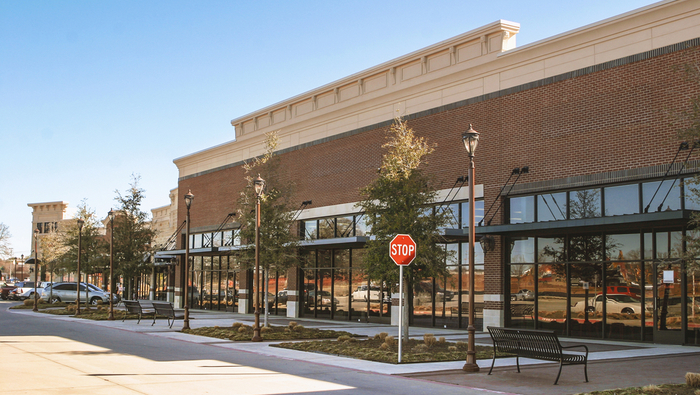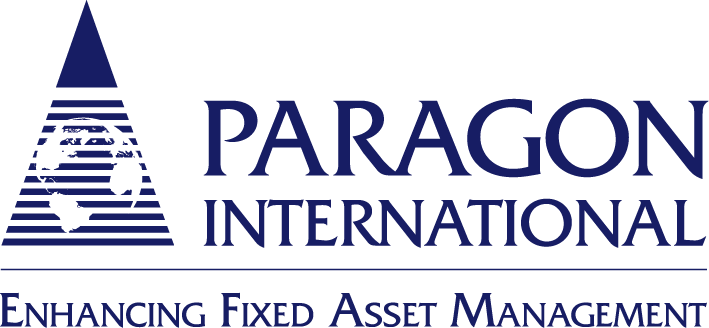The Qualified Improvement Property (QIP) tax glitch has been fixed! The QIP CARES Act fix allows for QIP placed in service in 2018 and later to be eligible for bonus depreciation, and has a GDS depreciation life of 15 years (20 years ADS).
Shortening the life of QIP to 15 years and making it eligible for bonus depreciation can benefit businesses of all sizes – small, medium, and large. Prior to the Tax Cuts and Jobs Act of 2017 (TCJA), there was Qualified Retail Property, Qualified Restaurant Property, and Qualified Leasehold Improvements all of which had a GDS life of 15 years and were eligible for bonus depreciation as long as certain requirements were met. In the TCJA, QIP replaced the other types of qualified property.
The Coronavirus Aid, Relief, and Economic Security (CARES) Act, signed into law on March 27, 2020, fixed the QIP technical error, also referred to as the “retail glitch.” Language omitted in the TCJA and the Further Consolidated Appropriations Act, 2020, would have made QIP eligible for bonus depreciation. Under the TCJA, QIP placed in service after December 31, 2017, had a GDS estimated life of 39 years (40 years for ADS), thus making it ineligible for bonus depreciation.
The QIP CARES Act fix retroactively amends the TCJA for the tax treatment of QIP. Therefore, on April 17, 2020, the IRS issued Revenue Procedure 2020-25 to offer taxpayer guidance on:
- QIP placed in service for the tax years 2018, 2019, and 2020;
- bonus depreciation election/revocation relief for tax years 2018, 2019, and 2020;
- the use of a 39-year (or 40-year) life for QIP, which is now an impermissible depreciation method; and
- tax returns already filed for the 2018 and 2019 tax years.
Areas Addressed by IRS Rev Proc 2020-25
Section 3 addresses changing the depreciable life of QIP, but does not apply to:
- QIP where elections were made or revoked under Rev Proc 2020-22 sections 4.02, 4.03, or 5.02. This item is a reference to the rules under Internal Revenue Code (IRC) 163(j) business interest deductions.
- “Qualified improvement property for which the taxpayer deducted or deducts the cost or other basis of such property as an expense.” For example, this refers to Section 179 deductions.
Section 4 addresses the extension of time to file certain elections (i.e. late election) for bonus depreciation and ADS.
Section 5 allows for the late revocations for bonus depreciation and ADS. Both of these sections address the option for making late elections or revocations for qualifying property placed in service 2018, 2019, 2020:
- IRC Section 168(g)(7) – MACRS alternative depreciation system (ADS) election
- IRC Section 168(k)(5) – election to claim bonus depreciation for specific plants that are planted or grafted before January 1, 2027
- IRC Section 168(k)(7) – election out of bonus depreciation for any class of property
- IRC Section 168(k)(10) – qualifying property for which the taxpayer elects to take 50% bonus instead of the 100% bonus depreciation rate for all bonus depreciation property placed in service in a tax year that includes September 28, 2017
Applying the QIP CARES Act Fix in Sage Fixed Assets
Paragon clients can take advantage of this favorable QIP CARES Act fix with the current version of Sage Fixed Assets—Depreciation. SFA has the features needed to search for and retroactively change the recovery life and method of existing assets.
Read How to Update QIP Assets in Sage Fixed Assets for tips on how to make these QIP adjustments within Sage Fixed Assets—Depreciation.
To learn how Sage Fixed Assets can simplify your fixed asset management, contact us for more information or a free demo.
Sources: Internal Revenue Service, Sage




